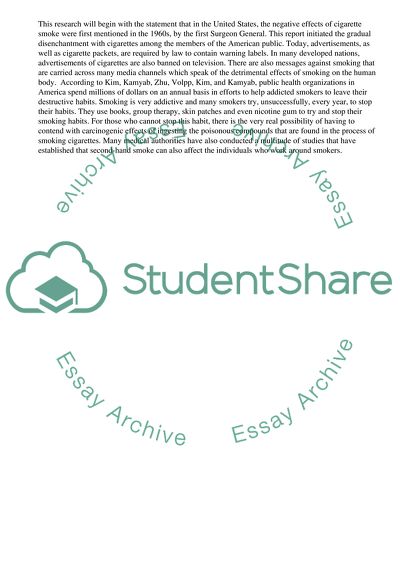Cite this document
(“Smoking in work place Essay Example | Topics and Well Written Essays - 2500 words”, n.d.)
Smoking in work place Essay Example | Topics and Well Written Essays - 2500 words. Retrieved from https://studentshare.org/business/1637689-smoking-in-work-place-pros-and-cons
Smoking in work place Essay Example | Topics and Well Written Essays - 2500 words. Retrieved from https://studentshare.org/business/1637689-smoking-in-work-place-pros-and-cons
(Smoking in Work Place Essay Example | Topics and Well Written Essays - 2500 Words)
Smoking in Work Place Essay Example | Topics and Well Written Essays - 2500 Words. https://studentshare.org/business/1637689-smoking-in-work-place-pros-and-cons.
Smoking in Work Place Essay Example | Topics and Well Written Essays - 2500 Words. https://studentshare.org/business/1637689-smoking-in-work-place-pros-and-cons.
“Smoking in Work Place Essay Example | Topics and Well Written Essays - 2500 Words”, n.d. https://studentshare.org/business/1637689-smoking-in-work-place-pros-and-cons.


